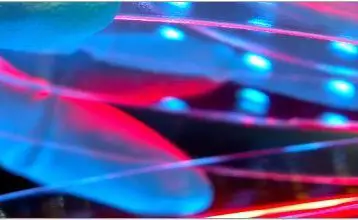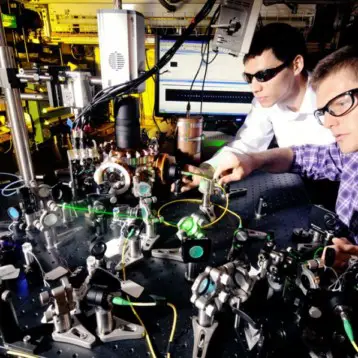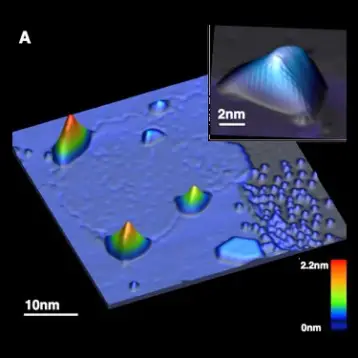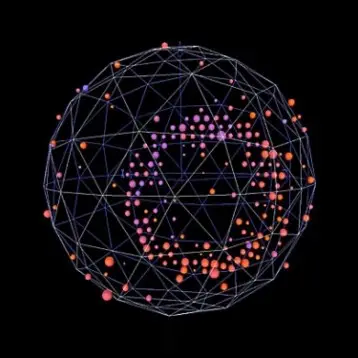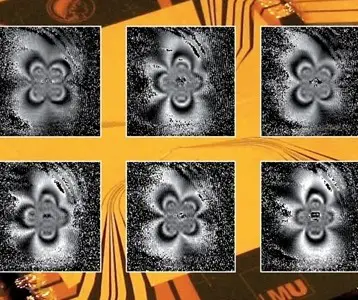|
In order to create quasiparticles the researchers had to confine electrons to a two-dimensional layer inside a semiconductor which in turn was cooled to a fraction of a degree above absolute zero, then exposed to a strong magnetic field that was perpendicular to the layer. For this experiment the researchers produced the semiconductor from extremely pure gallium arsenide and trapped a large amount of electrons in the layer compared to the magnetic field that was activated. The device was shaped like a flattened hourglass and allowed only a small number of particles to pass at any given time. By measuring the changes in the current that were relative to the amount of charge that was passed through the device, researchers were able to calculate the charge of the particles passing.
For a long time the basic electric charge unit was an electron that was indivisible just like the electron itself. Over twenty years ago the idea of quasiparticles was first suggested, not in the form of particles by themselves, but in a combination of interactions between different particles which in very specific conditions act as independent particles and have smaller charge then that of the electron. Ten years ago the Weizmann group was able to find those mysterious quasiparticles, and proved that even though the electron is indivisible its charge isn’t.
Until now, all the quasiparticles that were found had fraction of the charge of an electron, but always a fraction with an odd denominator; for instance one third of an electron or one fifth. When classical particles such as electrons or photons switch places with each other, as predicted by quantum theory, there is almost no overall effect on the system; this means practical exploitations of this phenomenon, like the transport of information in quantum computers, is severely limited and unstable. While quasiparticles with odd denominator chargees exhibit the same behavior as classical particles, it is believed that the quarter-charge quasiparticles will act differently and might preserve the information about the history of each particle which could prove useful in many areas.
Merav Dolev, the research student who conducted the experiment, expects to see use of the new quasiparticles with their ability to “remember” the path taken in the advancement an exotic type of quantum computer called a topological quantum computer. The computing will be done “by rotating quasiparticles, one around the other,” Dolev said. “All you care about, then, is which quasiparticles went around which, not the exact path. This is what makes it ‘Topological’, since you only care about the topology of the path.”
TFOT has previously covered the topic of quantum computers in “What is a Quantum Computer?”, as well as in “First Quantum Computer Demonstrated” – about the first demonstration of (what is claimed to be) a quantum computer. Another recent advancement towards quantum computers that was covered by TFOT is “Electron Traps that Compute” – a research study conducted by researchers at ETH in Zurich on quantum dots.
More information on the new quasiparticles can be found on the Weizmann Institute website.





